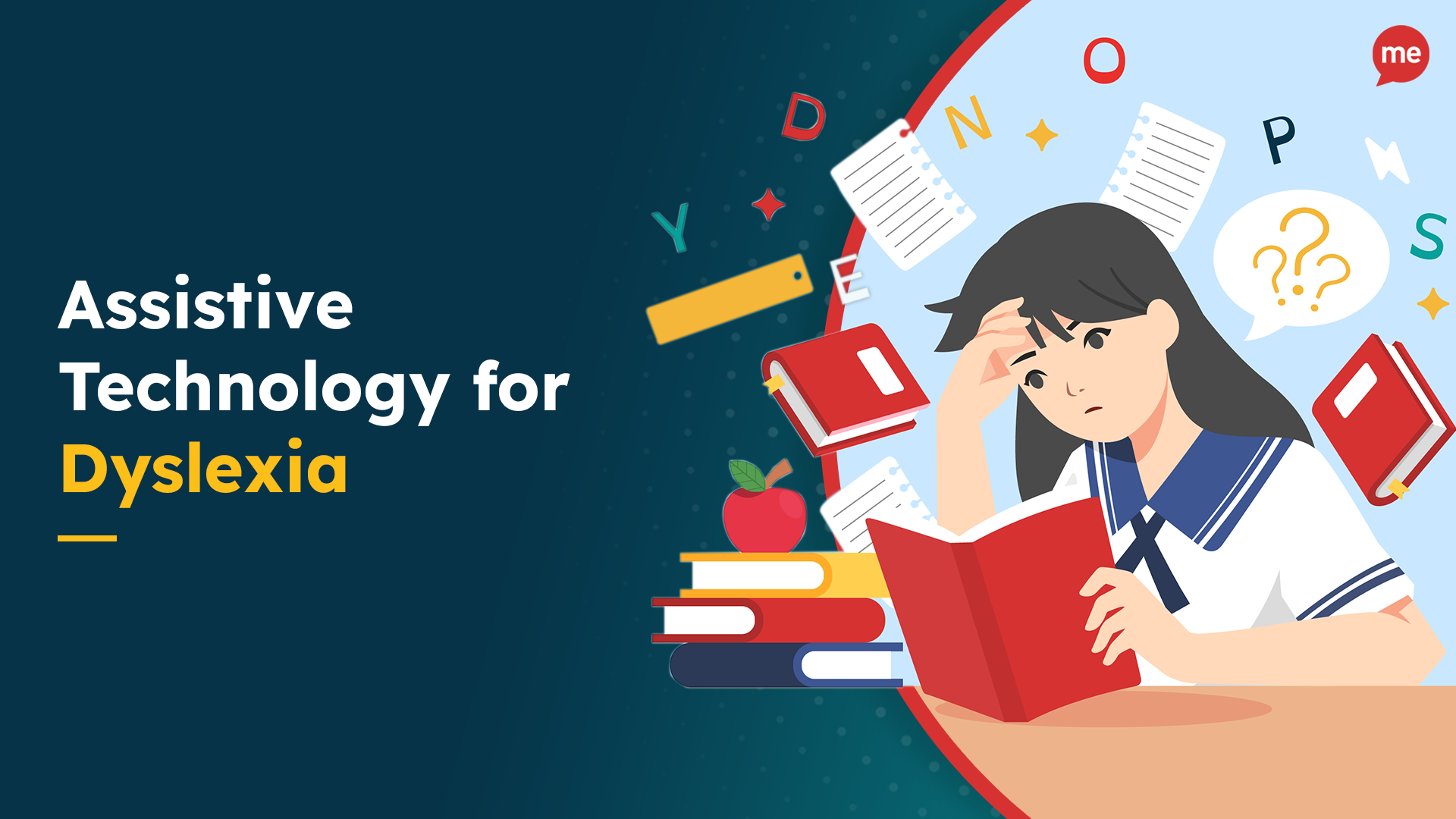The landscape of dyslexia treatment is undergoing a radical transformation as artificial intelligence (AI) technologies are being integrated into educational and therapeutic practices. Dyslexia, a common learning difference that affects the reading and writing abilities of millions worldwide, has long presented challenges for educators and learners alike. However, recent advancements in AI are promising to revolutionize how this condition is understood and addressed, offering new hope and effective solutions for those affected.
Innovative AI Tools Transform Dyslexia Therapies
In recent years, AI has emerged as a powerful ally in the realm of dyslexia treatment, offering tools that provide personalized learning experiences tailored to individual needs. AI-driven platforms are capable of assessing a student’s reading abilities through sophisticated algorithms that analyze patterns in speech and writing. This allows for a more nuanced understanding of each learner’s unique challenges, enabling educators to develop targeted interventions. Such tools can adapt in real-time, offering dynamic feedback that fosters improvement and builds confidence.
Among the most groundbreaking innovations are AI-powered reading apps that utilize natural language processing (NLP) to guide dyslexic students through complex texts. These applications can adjust the difficulty level of reading material according to the student’s progress and offer contextual hints to aid comprehension. By transforming how reading skills are acquired and strengthened, these tools not only support academic success but also empower dyslexic students to become more autonomous learners.
Furthermore, AI is enhancing traditional therapy methods through virtual reality and gamification. These technologies create immersive learning environments where dyslexic individuals can practice reading and writing in engaging ways that stimulate interest and motivation. By turning learning into an interactive experience, AI-based therapies are breaking down barriers and making strides in addressing the emotional and psychological aspects of living with dyslexia.
Tech Advances Enhance Learning for Dyslexic Students

The integration of AI technologies in educational settings is not only enhancing the learning experience for dyslexic students but is also reshaping the role of educators. Teachers are now equipped with AI-enabled tools that assist in designing customized lesson plans, monitoring progress, and identifying specific areas where students require additional support. This shift allows for more efficient allocation of resources, ensuring that each student receives the attention and guidance needed to thrive.
One of the key advantages of AI in education is its ability to provide immediate, data-driven insights. By analyzing vast amounts of data on how dyslexic students interact with learning materials, AI systems can predict outcomes and suggest interventions that have the highest likelihood of success. This predictive capability allows educators to proactively address potential challenges before they become significant obstacles, ultimately improving educational outcomes for dyslexic learners.
Additionally, AI technology is fostering a more inclusive educational environment by promoting accessibility and diversity. Speech-to-text and text-to-speech applications powered by AI are making it easier for dyslexic students to participate in classrooms and complete assignments, leveling the playing field. As these technologies become more widespread, schools and institutions are better equipped to accommodate the diverse needs of learners, paving the way for a more equitable education system.
As AI continues to advance, its role in transforming dyslexia treatment and education is becoming increasingly significant. The innovative tools and technologies being developed are not only addressing the academic challenges faced by dyslexic students but are also empowering them to overcome barriers and achieve their full potential. This AI-driven revolution in dyslexia treatment represents a significant step forward in creating an inclusive and supportive environment for all learners, ensuring that everyone has the opportunity to succeed. As educators and technologists work together to harness the full capabilities of AI, the future looks promising for those with dyslexia and the educational community as a whole.




